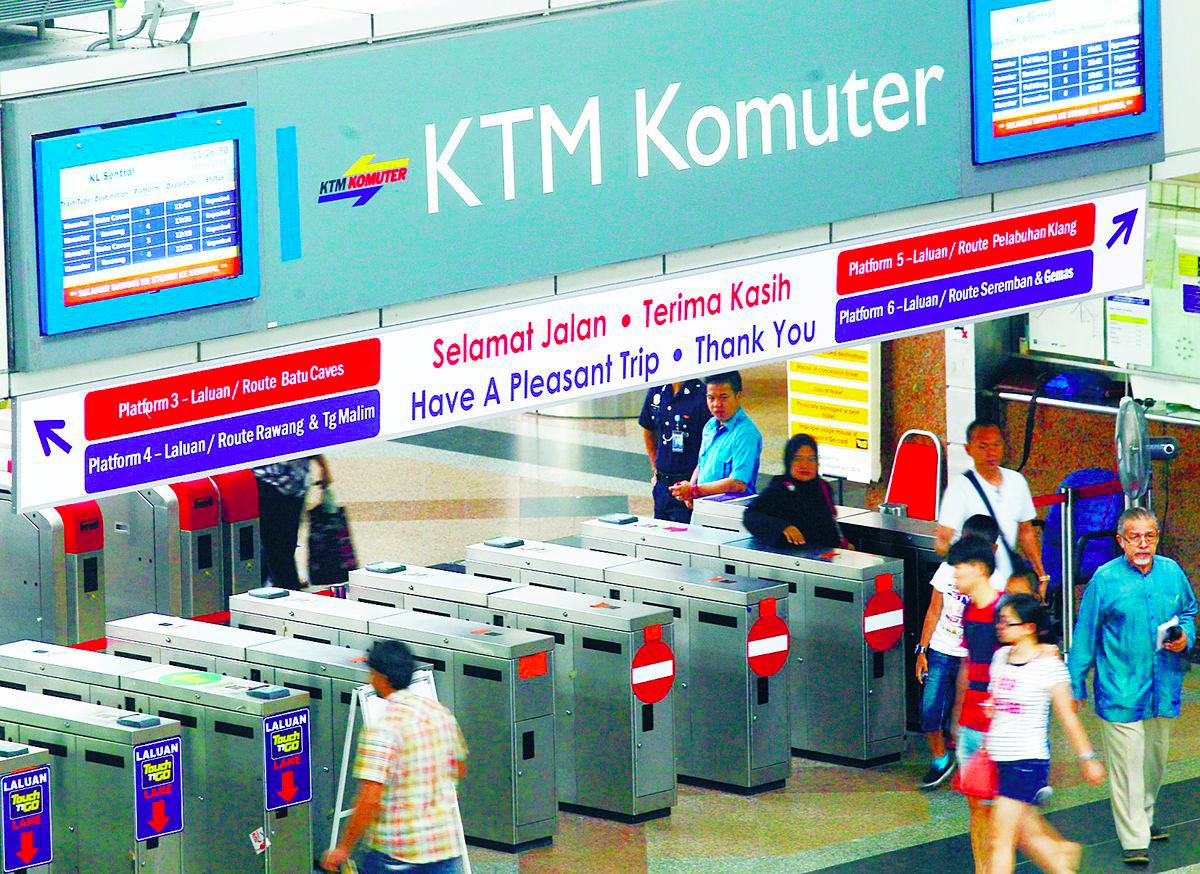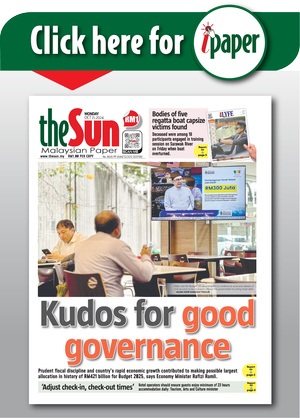THE recent move to allow the purchase of the My50 unlimited travel pass through the Touch ‘n Go eWallet app is a welcome development.
It offers added convenience, reduces queue times and reflects growing awareness of the need to modernise Malaysia’s public transport system.
However, this should not be mistaken as a major breakthrough. At best, it is a preliminary step – an overdue update that scratches only the surface of what true digitalisation could and should look like.
If Malaysia is serious about transforming public transport into a world-class, efficient and sustainable system, we must go far beyond app-based ticketing.
What we urgently need is a fully integrated, digitally powered public transport ecosystem. Malaysia still lacks a unified platform that allows commuters to seamlessly plan, pay and track their journeys across different modes of transport – be it MRT, LRT, buses, KTM trains or last-mile solutions like bicycles and e-scooters.
A centralised mobility-as-a-service platform should be introduced, bringing together real-time route planning, mobile payments, fare discounts and service disruption notifications into one user-friendly interface. Such systems are already operational in places like Helsinki and Singapore, where multimodal commuting is treated as a single, smooth experience rather than a fragmented patchwork.
Another area that demands urgent attention is route optimisation and service planning. Currently, many of our bus and train schedules are based on outdated assumptions.
Artificial intelligence and data analytics should be deployed to analyse commuter behaviour, predict peak-hour congestion and dynamically adjust schedules and fleet deployment.
Demand-responsive transit – where buses or vans are dispatched based on real-time passenger demand – can serve underserved suburbs and rural communities more effectively than rigid, fixed routes. The government and local councils must shift from static planning to smart, adaptive service design.
We must also look at how people access public transport. If physical cards still need to be topped up at machines or tokens need to be bought at counters, then we have not truly digitalised the user journey.
Malaysia should aim for a future where contactless, cardless and queueless travel is the norm. This could mean using smartphones, QR codes or even facial recognition for ticket validation – technologies already piloted in parts of China and Japan.
Subscription-based travel models that operate like Netflix, where users pay a monthly fee for unlimited or tiered access, should also be explored.
Digitalisation must also be inclusive. Public transport apps and platforms should be built with the needs of all users in mind – not just the tech-savvy or urban elite. Accessibility features such as text-to-speech, screen reader support, large icons and multilingual interfaces in Bahasa Malaysia, English, Chinese and Tamil must be standard, not optional. Elderly users and those with disabilities should be able to use public transport apps with confidence, not confusion.
Another often-overlooked area is feedback and responsiveness. Malaysians regularly endure broken escalators, overcrowded platforms or late arrivals without any clear way to report issues.
Public transport apps should integrate crowdsourced feedback tools that allow commuters to report faults, rate service quality and suggest improvements.
Transit agencies can then use this real-time data to maintain infrastructure, respond to service failures and increase accountability. Digitalisation should also empower users to shape the system, not just use it.
Finally, digitalisation must be underpinned by transparent governance and open data. Currently, much of Malaysia’s transport data is locked within government agencies or private operators.
Opening up anonymised transit data through public APIs would allow startups, universities and civic groups to innovate on top of it – building better journey planners, accessibility tools and analytics dashboards. A culture of open, collaborative innovation will help Malaysia move faster and smarter.
In short, while the My50 pass on TNG is a positive step, we must not stop here. If we are serious about digital transformation in public transport, then the government must think bigger, move faster and act bolder.
It is time to reimagine public transport not just as a daily necessity but also as a digital public service that is efficient, inclusive and future-ready. Let us not settle for convenience when transformation is possible.
Tan Wei Siang writes on economic policy, structural reform and Malaysia’s development agenda. Comments: letters@thesundaily.com









